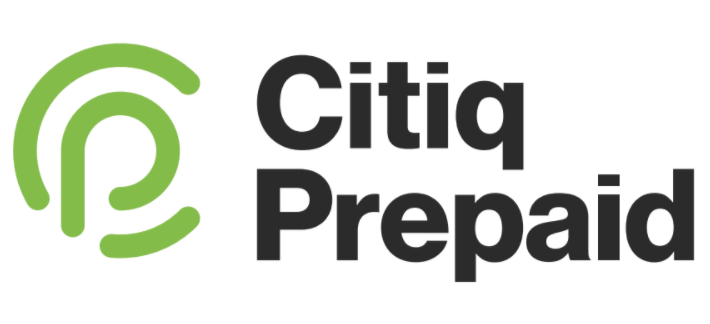You may have heard about Incline Block Tariffs (IBT) and wondered what it is all about. Incline Block Tariffs (IBT) were invented by Eskom/NERSA as a way to make electricity affordable for those who use little and also discourage consumption. It may seem quite complicated but actually it’s quite simple. Here’s a straightforward and to the point explanation:
The electricity price per unit is divided across several blocks. The first block is the cheapest price per unit but there is a maximum quantity of how many units you can buy at the cheapest rate i.e. block one. After you’ve purchased the maximum units from block 1, you will move to block 2, a more expensive rate per unit and so on.
We’ve also put together a video to help you understand how incline block tariffs work:
As a customer you might purchase a small amount of electricity at the beginning of the month, this would fall in the first tariff block and will also be the cheapest. If you find that you need to purchase more electricity and the amount exceeds the limit of tariff block one, you will automatically be moved to the second tariff block (which is more expensive per unit). As you continue to top up your electricity, you will automatically be moved to another tariff block if the value exceeds the current block that you’re in.
This graph from Eskom shows how you would move from the first block to the second) and so forth) as electricity is purchased during the month where the electricity usage is measured in kWh on the horizontal line at the bottom.
So it has nothing to do with how many times you purchase electricity in that month, but rather the total amount of units which you purchase. This is also why you should only buy enough electricity for that month, and not excess, as you will be charged at the higher rate. Rather aim to buy only what you will need, and you will save yourself money.
At the start of the next month, your purchase history gets completely reset and you start with the tariff rate from block one again. That will be a good time to top up at the lower price.
Incline Block Tariffs and sub-letting
Where the landlord pays council on an Incline Block Tariff, and there are multiple tenants on a property, the landlord must now decide how the blocks are to be divided among the tenants. In some cases, each unit will be limited to buy their share of that block (for instance, if the first block is 350kWv and there are 5 flats, each will be allowed to buy 70kWh at the lowest rate). In other cases, the landlord might decide to divide the blocks in a different way. It is always good to discuss this with your landlord to understand how blocks are divided.
Why should you need to know how IBT works?
It is helpful to understand how the Incline Block Tariff system works to save money, according to Citiq Prepaid’s Managing Director, Michael Franze: “Basically, this means that the more electricity you buy in a month, the more you pay. In the case of prepaid customers, it has nothing to do with how much you actually use – the cost is purely based on how much you buy. This means that electricity is one of the rare cases where it’s really not a good idea to buy in bulk. Rather buy from week to week, or buy just enough at the beginning of each month to keep you going. It’s cheaper to top up with a few units at the end of each month than to buy enough to last you for two months.”
Incline Block Tariff Rates
Incline Block Tariffs have been implemented for most residential customers who receive electricity from Eskom. Both prepayment and conventional customers have the same block tariffs and pay the same amount for electricity.


